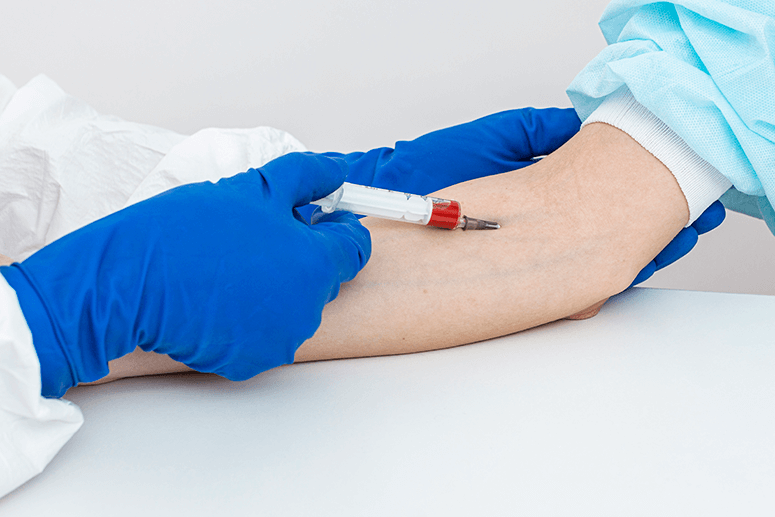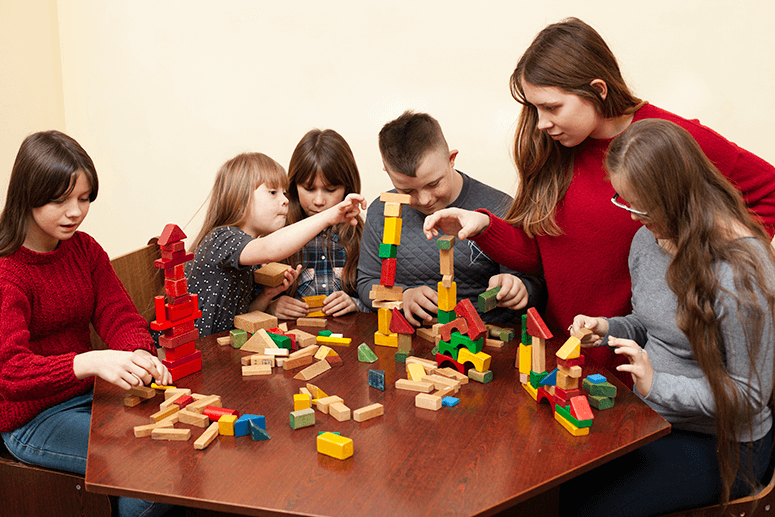The autism treatment breakthrough
In the ever-evolving landscape of medical advancements, one treatment for autism is surprisingly gaining attention—the human bone marrow derived stem cell therapy.
Imagine a scenario where scientists don lab coats and start rummaging through the human bone marrow aisle in search of the magical remedy for autism. Picture stem cells in tiny superhero capes, ready to swoop in and save the day. Well, that’s the whimsical world of autism treatment that we’re about to explore.
To set the scene, let’s introduce the cast of characters: the researchers armed with pipettes, the stem cells poised for their close-up and, of course, the unsuspecting individuals with autism who may soon find themselves on the receiving end of this unique therapy. It’s a medical sitcom in the making!

Stem cells: The unlikely heroes
Enter the stem cells, those tiny, versatile troubleshooters. Picture them as the Avengers of the medical world, ready to combat the challenges presented by autism. These cells, harvested from bone marrow, embark on a heroic journey into the realms of the nervous system, armed with the mission to restore balance and harmony.

Autism meets cell therapy
Now, let’s delve into the scientific intricacies. Stem cells are injected into the body, and we imagine them donning Sherlock Holmes’ hats, armed with magnifying glasses, ready to solve the puzzle of autism. They traverse the neural pathways, high-fiving neurons, and leaving a trail of laughter behind. Because who said science can’t be fun?
In the grand scheme of medical breakthroughs, human bone marrow derived stem cell therapy for autism takes the spotlight in an unexpected comedy of errors.
As the stem cells mingle with the neurons, picture a comedy of errors—a cell trying to tell a joke to a neuron and getting a blank stare in return. It’s a cellular stand-up routine, and everyone’s a critic. Maybe laughter is the best medicine, even on a microscopic level.
Side effects: Laughter and unintentional giggles
In this medical sitcom, side effects aren’t limited to the usual suspects. Patients might find themselves giggling at inappropriate moments or bursting into laughter during serious conversations. Blame it on the stem cells now certified comedians in the cellular comedy club.

The waiting room chronicles
As patients sit in the waiting room, awaiting their dose of stem cell hilarity, imagine a support group forming. “Stem Cell Stand Up Anonymous” becomes a space for patients to share their new-found love for puns and dad jokes. It’s a revolution in therapeutic humor.
In the grand scheme of medical breakthroughs, human bone marrow derived stem cell therapy for autism takes the spotlight in an unexpected comedy of errors. From stem cell stand up routines to waiting room laughter therapy, the treatment journey becomes a carnival of chuckles. While the scientific community continues to scrutinize the effectiveness of this unique approach, one thing is for certain – laughter is, indeed, contagious, even on a cellular level. So, here’s to the fusion of science and humor, where the punchline might just be the key to unlocking the mysteries of autism.
Let us now delve deeper in this serious topic of Mesenchymal stem cells (HMSC). Mesenchymal stem cells are a multipotent cell found in various tissues of the body, such as bone marrow, adipose tissue, and umbilical cord blood. These cells have the unique ability to differentiate into a variety of cell types, including neurons and glial cells, which are crucial components of the nervous system. The potential therapeutic application of HMSCs in autism arise from their regenerative and immunomodulatory properties.

Here are some ways in which HMSCs may contribute to the treatment of autism:
Neuroregeneration - Mesenchymal stem cells have the capacity to differentiate into neural cells, such as neurons and glial cells. This ability suggests that they could potentially replace damaged or dysfunctional cells in the brain, promoting neural regeneration and functional recovery.
Immunomodulation. Autism has been associated with immune system dysfunction and inflammation in the brain. HMSCs possess immunomodulatory properties, which means they can regulate the immune response and reduce inflammation. By modulating the immune system, HMSCs may help create a more favorable environment for neural repair and reduce the neuroinflammation associate with autism.
Release of neurotrophic factors. Mesenchymal stem cells secrete various neurotrophic factors, such as brain derived neurotrophic factor (BDNF) and nerve growth factor (NGF). These factors play a crucial role in promoting the survival, growth, and maintenance of neurons. By releasing these neurotrophic factors, HMSCs may support the development and function of neurons in individuals with autism.
Modulation of synaptic connectivity. Studies suggests that abnormalities in synaptic connectivity may contribute to pathophysiology of autism. Mesenchymal stem cells may influence synaptic function and connectivity, potentiality improving the communication between neurons in the brain.
There are various alternative and complementary treatments that individuals with autism spectrum disorder (ASD) and their families may consider. It is important to note that while some of these interventions may be helpful for some individuals, the effectiveness of this treatment can vary, and what works for one may not work for another.

Behavioral therapies:
- Applied Behavior Analysis (ABA). ABA is widely recognized and evidence-based behavioral therapy for individuals with autism. It focuses on positive reinforcement to improve socially significant behaviors.
- Occupational Therapy (OT). OT can help individuals with autism develop and improves skills related to daily living, sensory processing and fine motor coordination.
Communication and Social Skills Intervention:
- Speech therapy. Many individuals with ASD experience challenges in communication. Speech therapy can help improve language and communication skills.
- Social Skills Training. This focuses on enhancing social interaction and communication skills, helping individuals navigate social situations more effectively.
- Sensory Integration therapy. It aims to help individuals with autism who may have sensory processing issues. It involves activities designed to improve brain’s ability to process and integrate sensory information.
Dietary intervention:
- Gluten-free and casein-free (GFCF) diet. Some families have reported improvements in behavior and communication after implementing GFCF diet however, scientific evidence supporting the widespread use of this diet is limited.
Nutritional supplement:
- Vitamins and mineral supplements: Some individuals with autism may have nutritional deficiencies. Supplementation with certain vitamins and minerals such as vitamin B6 and Magnesium has been explored
Alternative 5herapies:
- Music therapy: Can be usee to address communication and social skills in individuals with autism.
- Art therapy. This can be a creative outlet for individuals with autism and may help with emotional expression and communication.
- Technology-based intervention
- Assistive communication devices. These devices can aid individuals with communication challenges by providing alternative means of expression.
Consult with healthcare professionals who specialize in autism spectrum disorders for guidance tailored to the individual’s specific needs is necessary. Additionally, staying informed about the latest research and evidence- based practices in the field of autism is crucial for making well informed decisions.


